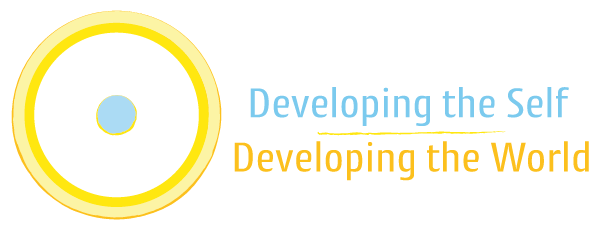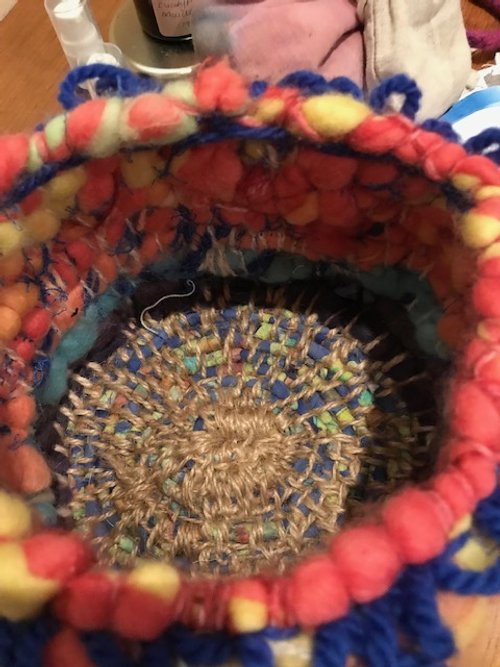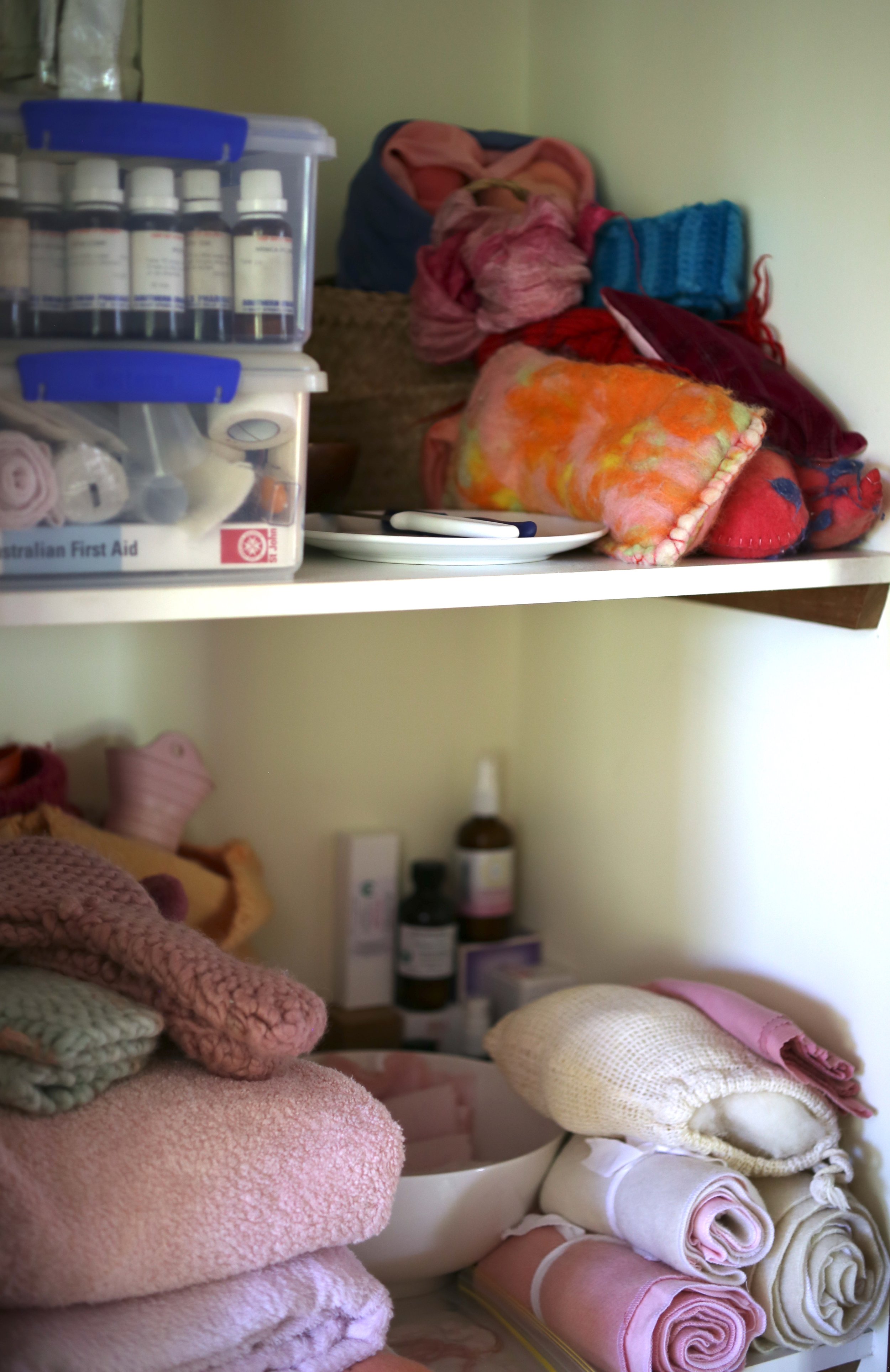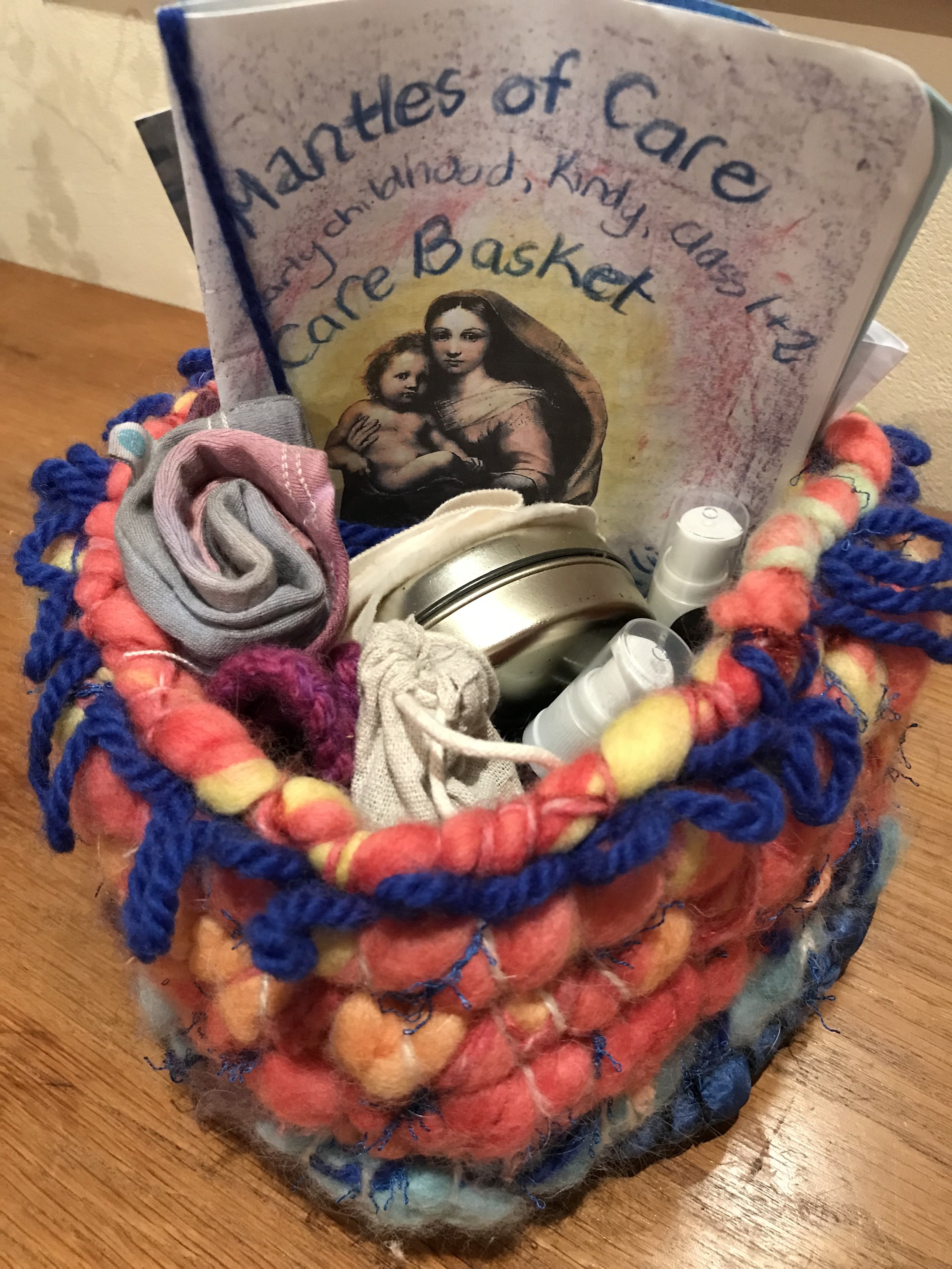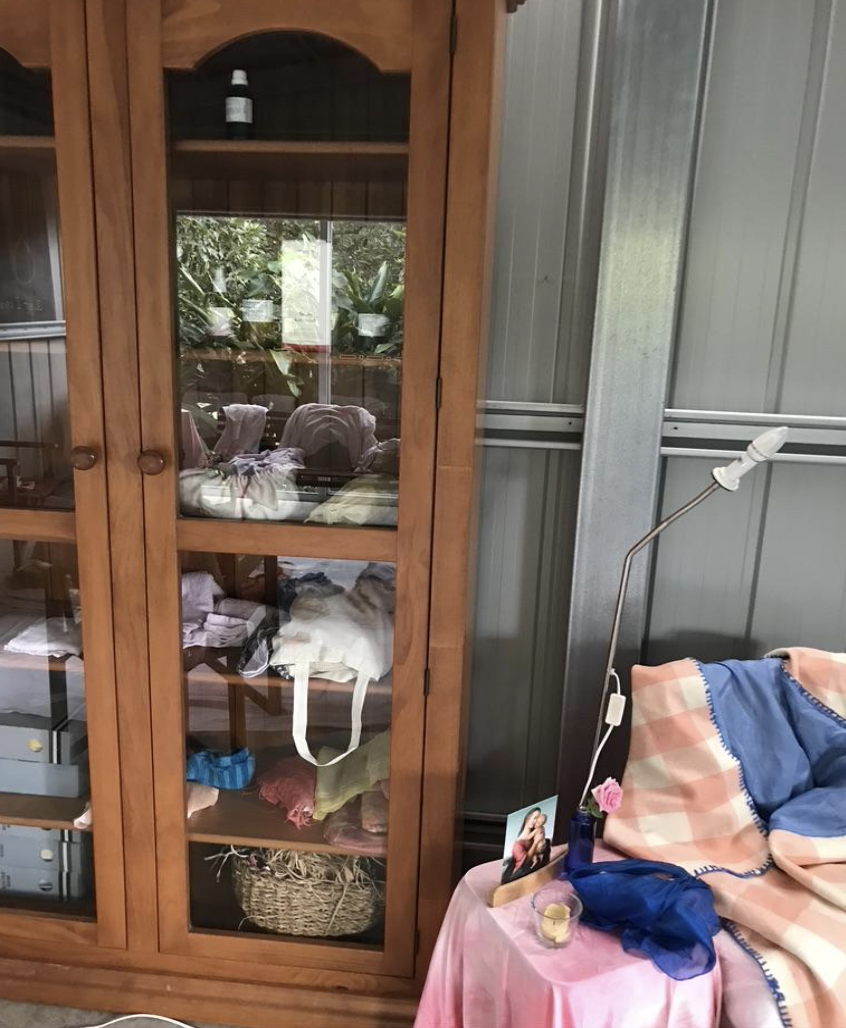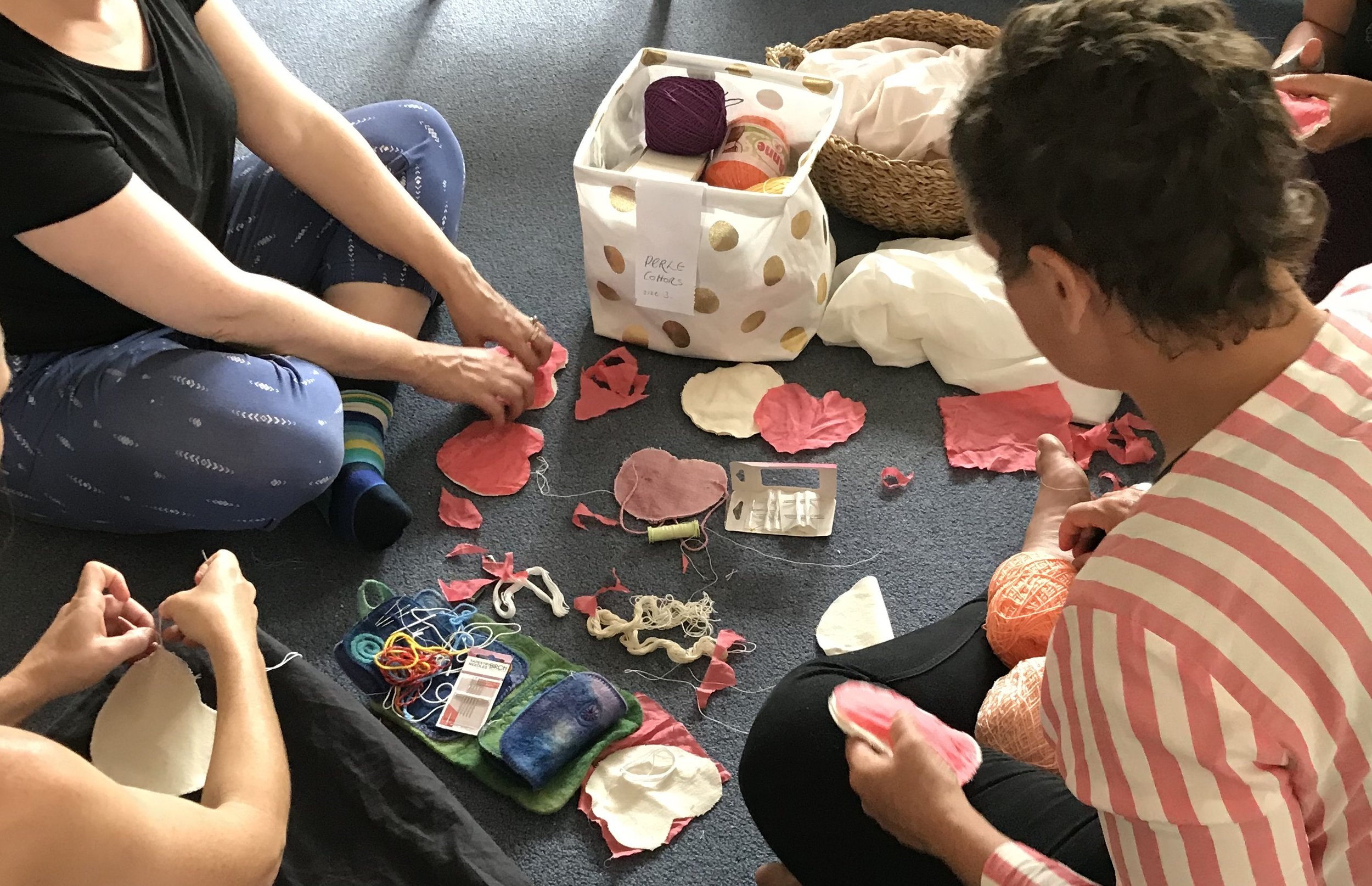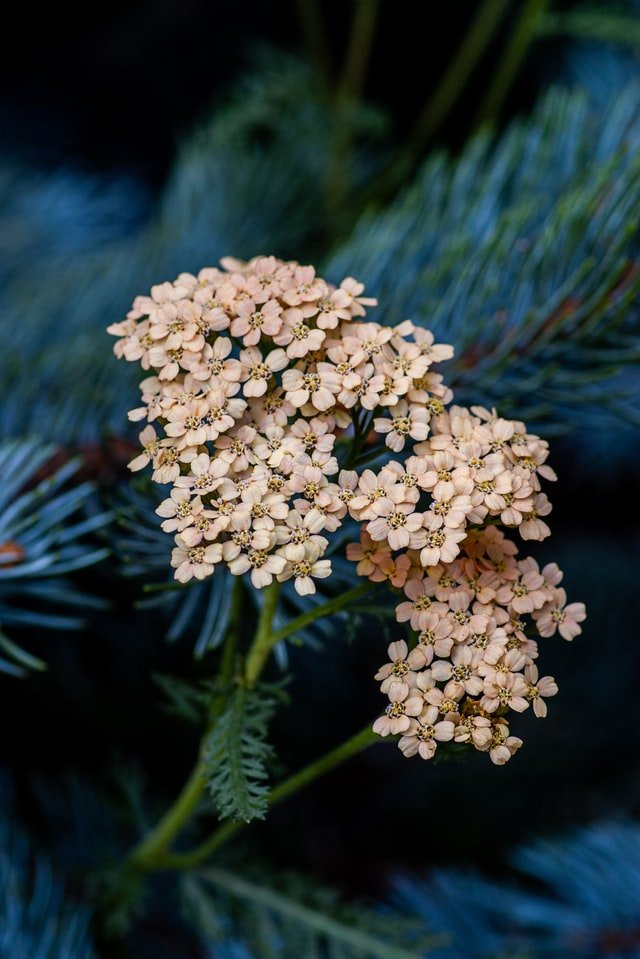“Behind or within the appearance of every created thing, their lives a Spiritual thought and a consciousness. Every manifest kingdom of the natural world has a spiritual consciousness as an essential part of it. We cannot consider these consciousnesses to be moral or immoral; we can only regard them as spirit-created, sense-perceptible kingdoms. It is in this sense that we feel more connected and harmonious after allowing the spirit kingdoms of nature to impress upon the spirit kingdom in us. The natural world around us is a form of nourishment for the deeper aspects of the human being. Everything in the universe that is born into the sensory world has a consciousness behind it. The manifestation of the natural world is the manifestation of the spiritual world; the spiritual consciousness behind a given thing or being is what serves the deep aspects of the human being.”
Spirit led Community Lisa Romero Page 142
With this is mind, we create a space of care within our family home, within our workspace, within our classroom, within our community… This Care Space is an area or spot that is set aside for regaining harmony. It can even be a quiet corner or chair.
The manner in which the space is created and respected by the adults supports the children to come towards it with reverence. Simplicity, beauty, order and materials with harmonising and synergistic qualities can be included in a variety of textures, weights, forms, colours that bring experiences of warmth and gathering in, of holding, of releasing; natural sensory experiences that form a space for care to be offered, received, and experienced physically, sensorily, environmentally, lovingly… The space begins to embody harmony and just sitting there can invite harmony.
Children may come to the care space to receive care for themselves, with their friends- human, imaginary and/or created doll companions. Cloths for wrapping made of silk, wool, linen and cotton can be offered from this space. A towel of cotton or bamboo for the lap, a silk or wool wrap for the shoulders, a cotton or wool fleece mat for under the feet. These carefully chosen fabrics and additional warm layers of clothing such as belts, wrist, neck and ankle warmers, caps with ear coverings, scarves ,or children who may require them, can also be stored here. It can be a place to restore and rest, to observe, to contemplate.
Offerings such as warm rose facecloths or footbaths or first aid can be received in this space.
Gatherings can occur here to create seasonal care items and supports such as knitting headbands for winter to cover and protect the ears, stitching heart cloths to warm our hearts, warming our hands and our hearts with beeswax modelling…
Mantles of care supports and equipment can reside here. Children can work towards self regulation gradually as they become age appropriate learning to self administer with the overview of the adult.
The Care Basket which holds the most frequently used care supports such as rose sphagnum lotion, arnica cream, rose bath milk, wrapping clothes... can reside in the basket ready for the adult to offer the needed care to the child.
Working in this way helps to bolster the etheric of the space, so it too gives to the children and all those in its company. New ways of looking at children’s play, materials to be included for play, layout of the play space, children’s clothing can all support building the life forces. Strengthening the ego presence of adults whilst harmonising the astrality in the environment can initiate a calming of the environment for all, and in turn support the inner settling of the children.
Please email info@developingtheself.org with any questions.
